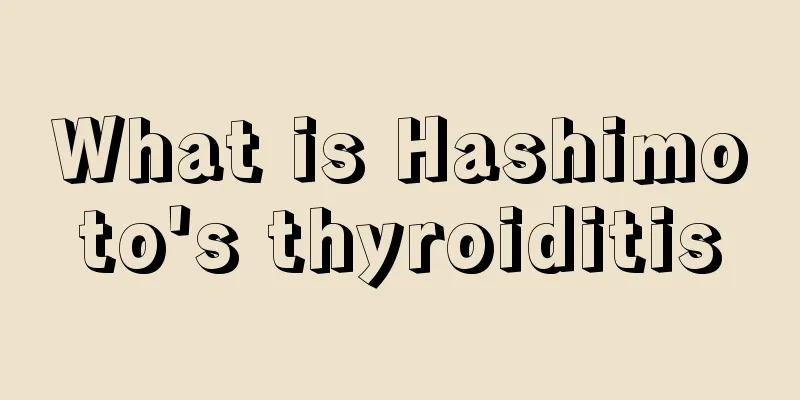What are the characteristics of patients with hamartoma

|
Clinically, most hamartomas are discovered during physical examinations. One reason is that hamartomas are hidden, and the other is that early hamartomas have almost no symptoms or signs, so they are easily ignored by patients, which further aggravates the condition and makes it difficult to treat in the late stage. So, let's take a look at the characteristics of hamartoma patients. Most hamartomas occur in people over 40 years old, and are more common in men than in women. The vast majority of hamartomas (about 80% or more) grow in the periphery of the lungs, close to the visceral pleura of the lungs, and sometimes protrude from the surface of the lungs. Most patients with hamartomas have no symptoms. The main reasons for the symptoms are mostly related to the location, size, number, growth rate, and relationship between the hamartoma and surrounding organs. During the physical examination, it is often found that some patients may have the following symptoms due to the tumor itself, increased pressure in the tumor, infection, etc.: ① Discomfort or pain in the waist and abdomen: The reason is that the enlarged and expanded kidneys increase the tension of the renal capsule, pull the renal pedicle, or compress adjacent organs. In addition, the large size of the renal hamartoma causes the kidneys to become heavy, which can also cause lumbar pain. The pain is characterized by dull pain, fixed on one side or both sides, radiating to the lower body and lower back. If there is bleeding in the tumor or secondary infection, the pain will suddenly intensify. If combined with stones or blood clots after bleeding that block the urinary tract, renal colic may occur. ②Hematuria: It can be manifested as microscopic hematuria or macroscopic hematuria. The attack is cyclical. The back pain often intensifies during the attack. Vigorous exercise, trauma, and infection can induce or aggravate it. ③Abdominal mass: Sometimes it is the main reason for patients to seek medical treatment. Sixty to eighty percent of patients can feel enlarged kidneys. ④ Proteinuria: Generally, the amount is not much, and will not exceed 2g in 24 hours. Nephrotic syndrome will not occur. ⑤ Hypertension: The tumor compresses the kidneys, causing renal ischemia, increasing renin secretion, and causing hypertension. When renal function is normal, more than half of the patients have hypertension, and the incidence of hypertension is even higher when renal function is impaired. ⑥ Decreased renal function: Due to the tumor's space occupation and compression, the normal renal tissue is significantly reduced and renal function progressively declines. |
<<: What can patients with hamartoma eat to get better quickly
>>: What are the symptoms of hamartoma
Recommend
People must know the main symptoms of colorectal cancer
If cancer is scary, then experts say that people ...
What are the symptoms of viral pharyngitis?
Pharyngitis is a very common disease. There are m...
What are the main tests for diagnosing rectal cancer
The incidence of colorectal cancer is increasing ...
What are the main functions of inflammatory mediators?
People usually hear about various inflammatory di...
What can I eat for one day of bowel cleansing? How to eat for one day of bowel cleansing
The best way after cleansing the intestines is to...
Can patients with prostate cancer eat dragon fruit?
In our real life, the probability of men sufferin...
What are the symptoms of stomach ulcer?
Any disease has some symptoms. Therefore, when tr...
What to do if you have a runny nose due to a cold, how to treat it
Many of our friends experience runny nose and cou...
Is it normal for nasopharyngeal carcinoma patients to be deaf after radiotherapy and chemotherapy?
The course of radiotherapy for nasopharyngeal car...
Is prostate cancer contagious?
Prostate cancer is not new to everyone. In fact, ...
How can I sober up?
When old friends get together, they inevitably dr...
What should be paid attention to before and after the brain metastasis surgery of lung cancer? These are what you need to pay attention to
There are some precautions before and after the s...
How to improve severe hair breakage?
Hair is very important for image, and broken hair...
What to do if you can't sleep at night due to hyperthyroidism_What to do if you can't sleep due to hyperthyroidism
We all know that patients with hyperthyroidism ma...
What's going on with a sore throat, a headache, and a hot face?
In life, some people often feel sore throat, head...









